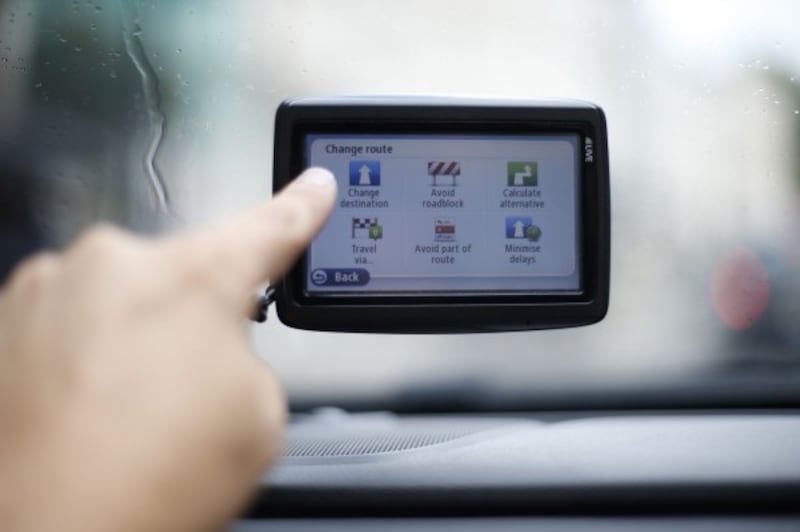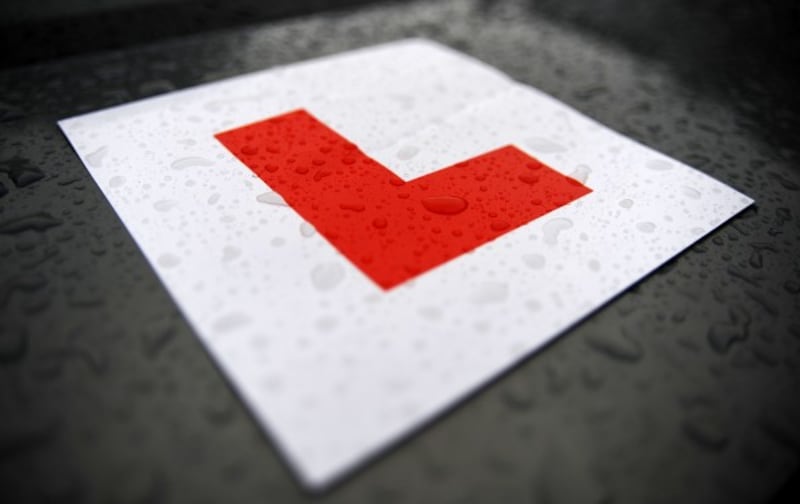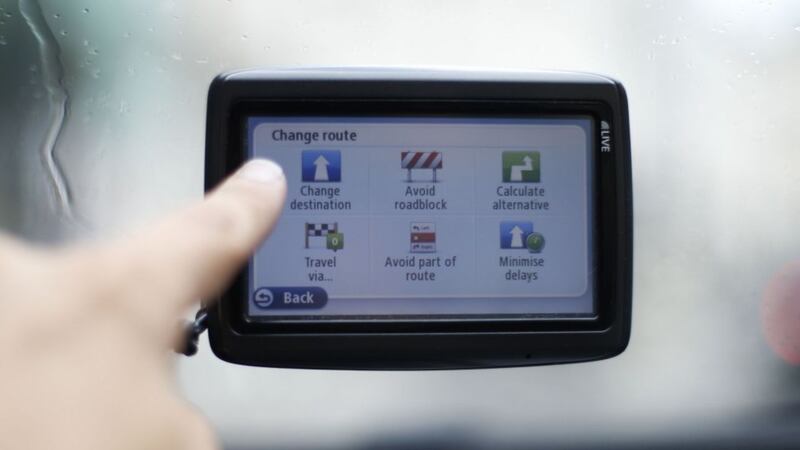The test for learner drivers on Britain’s roads is set to change at the end of this year, the Driver and Vehicle Standards Agency (DVSA) has announced.
Motoring research charity RAC Foundation said it is the most significant shake-up of the driving test since the written theory exam was introduced in 1996.
Just ICYMI, here are all the details you need to know about the new test, which will be used from December 4.
What’s the main thing that’s changing?

Well, probably the fact that learner drivers will have to show they can safely use a sat nav as part of a major overhaul of the assessment.
Around half of all car drivers own a sat nav and 70% of respondents to a public consultation supported the DVSA’s desire for drivers to be trained to use them safely.
Any other big updates on the test we should know about?
The driving test is changing from 4 December 2017 https://t.co/jCpfd4OkRc #drivingtestchanges pic.twitter.com/qAlsqLA80d
— DVSA (@DVSAgovuk) April 14, 2017
Reversing around a corner and the “turn-in-the-road” manoeuvres are no longer part of the test – instead, there will be more common scenarios like driving into a parking bay. Another possible reversing manoeuvre involves pulling up on the right-hand side of the road, reversing for two car lengths and rejoining the traffic, according to the DVSA’s website. Other changes announced by the DVSA include doubling the length of independent driving to 20 minutes. During this part of the test, you have to drive without turn-by-turn directions from the examiner.Reducing the focus on slow speed manoeuvres in quiet roads will allow examiners to better assess the ability of learners to drive safely in busier areas, where new drivers have the most crashes, the DVSA said. Why now?

Well, the changes have actually been trialled for two years. And transport minister Andrew Jones claims the measures will help save lives.He said: “We have some of the safest roads in the world but we are always looking to make them safer.“These changes announced today will help reduce the number of people killed or injured on our roads and equip new drivers with the skills they need to use our roads safely.“Ensuring the driving test is relevant in the 21st century, for example the introduction of sat navs, will go a long way towards doing this.”Road accidents are the biggest killer of young people, accounting for more than a quarter of all deaths of those aged between 15 and 19. What’s the reaction been like?
Motoring groups have welcomed the changes.RAC Foundation director Steve Gooding said they will mean candidates will “undergo a far more realistic assessment of their readiness to take to the road unsupervised”.He went on: “Much has changed since the first driving test was taken in 1935, and it must be right that the test evolves, just as the cars we drive are themselves changing to incorporate ever more driver assist technology such as inbuilt sat nav systems.“Novice drivers need to demonstrate the right skills and driving style to cope with the new environment.”

AA president Edmund King believes the new test can help produce “better, safer motorists”.He continued: “We know that new drivers are a higher risk on the roads, therefore we need to better prepare them for real-world driving.“These changes will test drivers in a more realistic manner which is essential to improving their safety once their L plates are removed.”People on Twitter seem a bit divided in their opinions about the changes, though.
Sat Nav to be added to driving test ! Stupidity ! Its all about car control, a practical hands on physical ability to control a vehicle !
— Dave Highway (@DaveHighway1) April 15, 2017
So you now have to learn how to use a sat nav for a driving test but still nothing about driving on a motorway ??????
— Callum Crowther (@callumcrowther) April 15, 2017
So glad I've passed my driving test and don't have to do all these new rules
— Rhianne Symon (@rhiannesymonxo) April 15, 2017
@DVSAgovuk @aimee_gilhooley @rachchalmerss @daniellemxfad this is easier!!!!!!
— tay (@bootxyy) April 15, 2017
@DVSAgovuk I'm looking forward to the challenge of the changes, there's a lot I have to do already due to locations of pupils.
— Barbara Grillo (@drivingmebanana) April 15, 2017
How does the DVSA hope the updated test will help new drivers?

DVSA chief executive Gareth Llewellyn said: “DVSA’s priority is to help you through a lifetime of safe driving.
“Making sure the driving test better assesses a driver’s ability to drive safely and independently is part of our strategy to help you stay safe on Britain’s roads.
“It’s vital that the driving test keeps up to date with new vehicle technology and the areas where new drivers face the greatest risk once they’ve passed their test.”








